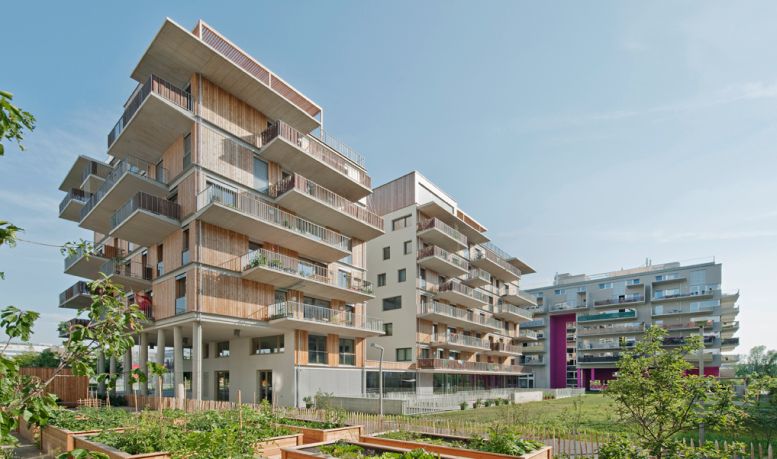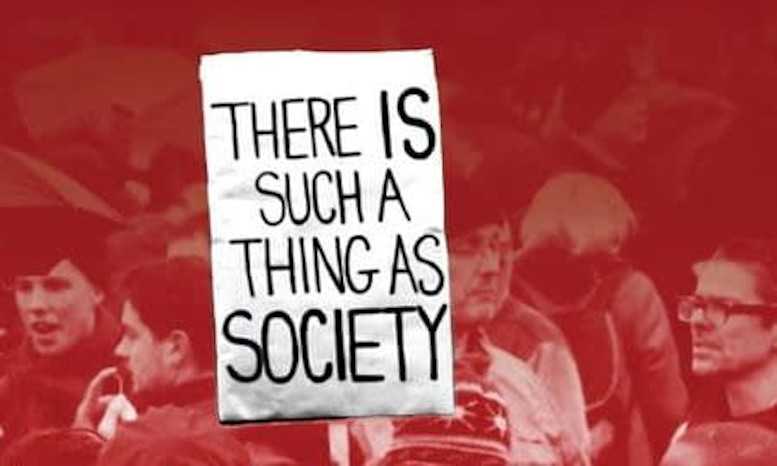One hundred and fifty years ago, Friedrich Engels wrote that the solution to housing for the working class was, in fact, workers not owning their own homes. Today it is a myth that owning a home is the path to financial security.
Housing in Canada is becoming ever more expensive: buying a house is the most unaffordable in over 40 years. Mortgages are now being extended to over 30 years, making home-owning for many working people a shackle that binds them in debt for decades to come. Mortgage comes from the French words meaning dead pledge.
For renters, the anxiety of steep rent hikes or having to find a new place to rent due to renoviction or demoviction is too much to bear. Rent for new tenants was up 18 percent in 2022 and even worse in Vancouver and Toronto.
The federal government’s solution is building more homes, in the vain hope that will drive down the cost of housing. But Toronto, like the rest of Canada, has far more homes than needed. Its homeless population is around 8,000, with 100,000 vacant housing units. One quarter of homes in the Toronto area are owned by investors whose purpose is speculation. “Building more homes” will not result in more people being housed unless there is a dramatic change to the kind of housing supplied.
Canada’s economy relies on the property market, with housing construction growing five times faster than the overall economy in spring 2022. House building is primarily driven by speculators and financial institutions. Human needs are much less important. It is unlikely that the government will enact a policy that will bring down housing prices and kill one of the few golden geese for profits. Maybe Engels was right.
Rather than individual workers paying a lifetime of rent or a mortgage, together the working class could fight to control housing collectively. A society that provided housing as a right would first ensure that everyone has a secure and comfortable place to live. There would not be empty speculative properties, and large mansions would become community homes or facilities.
Rent would be based on income. Decisions about running existing and future housing would be taken democratically by the people who live in them, the workers who design and build them, and the neighbouring communities.
People would decide where to build homes not on the value of the land, but on how close people wanted to live to other parts of the community including workplaces, restaurants, schools, parks, etc. The designs of homes would reflect the way people wanted to live in them. The layout of rooms, common areas in apartment buildings, and the visual style would enable the people in the community to live together in the ways they decide to.
Old buildings would be upgraded to provide quality and environmentally sustainable homes. All construction, both of new and renovated homes, would be of high quality as the industry would no longer be driven by short-term profit. Workers would be well trained and have union protection.
Housing would be designed to be environmentally friendly, not near any pollution sources, well insulated for winter and naturally cooled for summer. There would be plentiful greenspace, nearby shops and community facilities, and good public transit so less space would be given up to cars and more to people. They would be mixed communities for all ages. There would be no super-rich or extremely poor so no more ghettos or elite gated developments.
There would be a variety of options to meet various needs and tastes. Some could be like the large, high-quality apartments Vienna built 100 years ago, that are still popular today. Or entirely new forms could be developed, based on new ways of living together in a new society that organizes its activities in radically new ways.
Such a housing program is impossible in a society based on profit. A socialist society would provide housing that enriched and enabled the lives of people and their communities.




